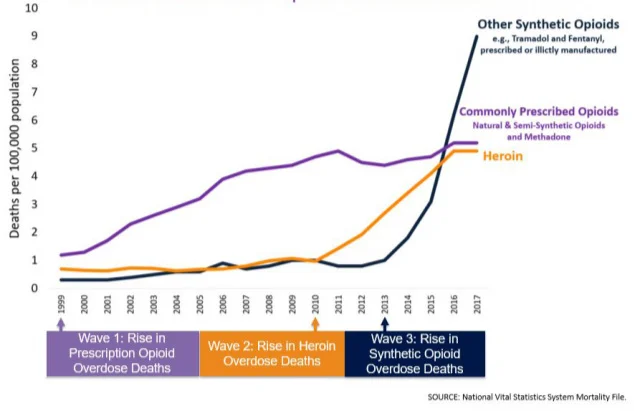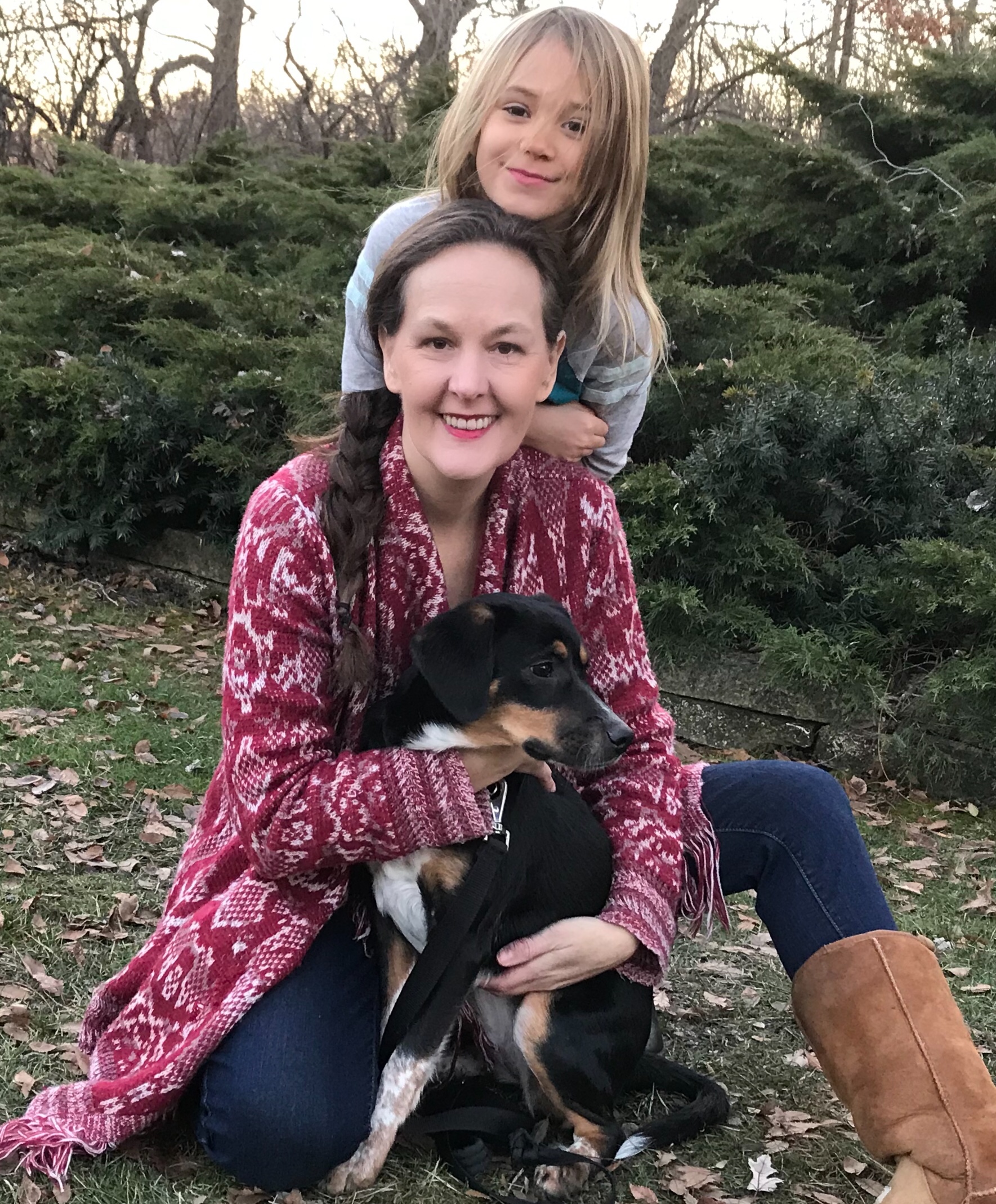How to Check Out a Charity Before You Donate
/By Stefanie Lee Berardi, Guest Columnist
Many of us have been following PNN’s reporting on the misuse of donated funds by the former CEO of the U.S. Pain Foundation. Paul Gileno allegedly misappropriated about $2 million for his own personal use from the non-profit from 2015 to 2017.
The acting CEO and chair of U.S. Pain’s board of directors has admitted that a lack of financial oversight enabled Gileno to commit his misdeeds. Nicole Hemmenway says the board has instituted “a robust system of checks and balances” to make sure it doesn’t happen again.
As the story continues to unfold, U.S. Pain has attempted to refocus the public’s view of this fraudulent activity by claiming that 2018 was “its most successful year of programs and services,” while also indicating that additional financial irregularities may be reported on its 2018 tax return.
Arguably, their claim of success does not comport with the facts and does not enumerate the numerous failings of the board and senior staff that enabled the fraud to continue for years. Until there is full disclosure of what happened and people are held accountable, the public cannot be sure that U.S. Pain’s resources are being utilized effectively going forward.
Choosing to support a non-profit organization is an investment. And those of us who give our limited time and money to a charity must protect that investment by learning all that we can about what the organization does, what senior staff they employ, where they get their money and how they spend it.
It is not always easy to find reliable information about a non-profit, but if you know where to look, a short online search can give you a wealth of information. Here are some tips that donors and volunteers may want to explore.
Search Their Website
Consider an organization’s website as the front door to its operations and core mission. A disease-related organization’s mission, for example, might be to provide support for those affected, education about the disease, and research to find a cure.
An organization must be accountable and transparent to its investors. Their website should provide an annual report of its accomplishments from the previous year and goals for the next. You will need to review several annual reports to evaluate if the organization is making progress on the previous years’ goals.
Look at Their Tax Returns
Examine the organization’s tax returns to learn about how they operate, where they get their funding, and what proportion of their money is spent on programs that actually help people versus overhead costs like administration, salaries and fundraising.
There are a few exceptions, but most non-profit organizations’ tax returns are public information, meaning anyone can inspect them. When you compare two or three years of the organization’s tax returns, you can get a sense of the organization’s financial stability over time.
I find ProPublica to be the easiest place to find these documents. You can also search an IRS database to see if an organization’s tax-exempt status is in good standing. If a non-profit misses a tax return filing deadline, as was the case with U.S. Pain, that could be a sign of trouble.
Identify Their Funding Sources
In order for a non-profit to remain financially healthy and compliant with IRS regulations, it must seek funding from different types of revenue streams, such as grants and corporate or individual donations. For example, an organization may accept donations from pharmaceutical companies or charge membership dues or fees to attend their events.
Investors need to know where the organization gets its money. If the organization is growing and thriving, you will see a steady increase in the money they bring in (revenue); the money they spend (expenses) will remain proportional to their revenue; and their bottom line (net assets) will remain stable from year to year.
Learn Where They Are Spending Their Money
There are well-established benchmarks for how much of a non-profit’s budget should be spent on programs versus administration and fundraising. Organizations should be spending at least 75% of their revenue on programs that raise awareness or directly benefit a cause and less than 25% of their revenue on overhead.
As a reference, Charity Navigator publishes an annual report on CEO pay that finds mid-sized non-profits pay their CEO’s in the low $100,000’s. And the Better Business Bureau’s accountability standards indicate that fundraising expenses should not exceed 10 to 25 cents of every dollar raised.
As an investor, we want to see these figures as low as possible and to ensure they are aligned with organizations of similar size and type.
Engage with a Non-Profit at All Levels
If an organization is worthy of receiving your financial support, it should also be worthy of receiving your time and talent. Volunteering for the organization is an important way for you to increase the value of your investment. Most non-profits depend on volunteers to help them run programs, raise funds and promote awareness.
When you find the right organization, consider pledging a monthly, rather than a one-time annual donation. Large foundations that offer grants to non-profits want to see repeat donations because it is an indication of a healthy, growing organization that is capable of using their grant money effectively. Staying involved with an organization helps ensure your investment is used to its fullest potential.
There is simply too little time and money to waste on an organization that lacks oversight and is not using its resources effectively. Many of us have made donations to organizations simply because they asked and believed they were doing good things. In the future, we must raise that benchmark.
When nonprofit organizations solicit for financial support, they are in a position of public trust. That money is not theirs to misuse and they should be held accountable if they lose that trust.
Each of us has the responsibility to learn everything we can about an organization before we offer our time, talent and money. We must advocate for each other and contribute to the body of knowledge about the organizations that we support.
Stefanie Lee Berardi worked as an advancement and communications professional, grant writer and principal investigator of several multi-agency grant programs at Illinois State University. She has a graduate degree specializing in the management and administration of non-profit organizations.
Stefanie is an avid volunteer in her local community and has volunteered for organizations supporting individuals with Complex Regional Pain Syndrome, a disease she developed in 2008.
The information in this column should not be considered as professional medical advice, diagnosis or treatment. It is for informational purposes only and represents the author’s opinions alone. It does not inherently express or reflect the views, opinions and/or positions of Pain News Network.



































